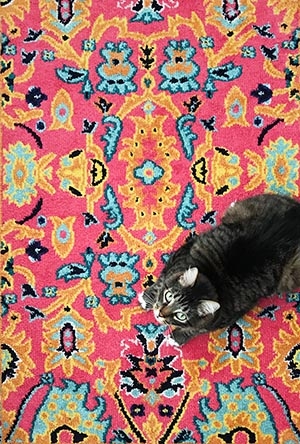
Importance of incorporating indigenous elements in home decor
Navajo rug restoration
As Navajo rugs age, they can often develop common issues that require restoration to maintain their beauty and integrity. These issues can include fading of colors, fraying of edges, tears or holes in the fabric, and damage from pests or moisture.
One of the most noticeable signs of aging in a Navajo rug is fading of colors. This can be caused by exposure to sunlight over time, as well as improper cleaning techniques. Restoring faded colors often involves carefully dyeing the affected areas to match the original hues and bring back the vibrancy of the design.
Fraying edges are another common issue with aging Navajo rugs. This can occur from regular wear and tear, or from improper storage or handling. Repairing frayed edges typically involves reweaving the damaged sections using traditional Navajo weaving techniques to seamlessly blend in with the rest of the rug.
Tears or holes in the fabric are also common problems that can arise with older Navajo rugs. These damages can be caused by heavy use, accidents, or pests such as moths. Repairing tears and holes involves delicately stitching the damaged areas together using matching yarns and ensuring that the structural integrity of the rug is maintained.
Lastly, damage from pests or moisture can severely impact the condition of a Navajo rug. Moths can eat away at wool fibers, while moisture can cause mold and mildew growth that weakens the fabric. Restoring a rug that has been damaged by pests or moisture may involve deep cleaning, treatment with insecticides or fungicides, and careful drying to prevent further deterioration.
In conclusion, restoring aging and damaged Navajo rugs requires skillful craftsmanship and an understanding of traditional weaving techniques. By addressing common issues such as fading colors, fraying edges, tears or holes in the fabric, and damage from pests or moisture, these beautiful textiles can be preserved for future generations to enjoy.